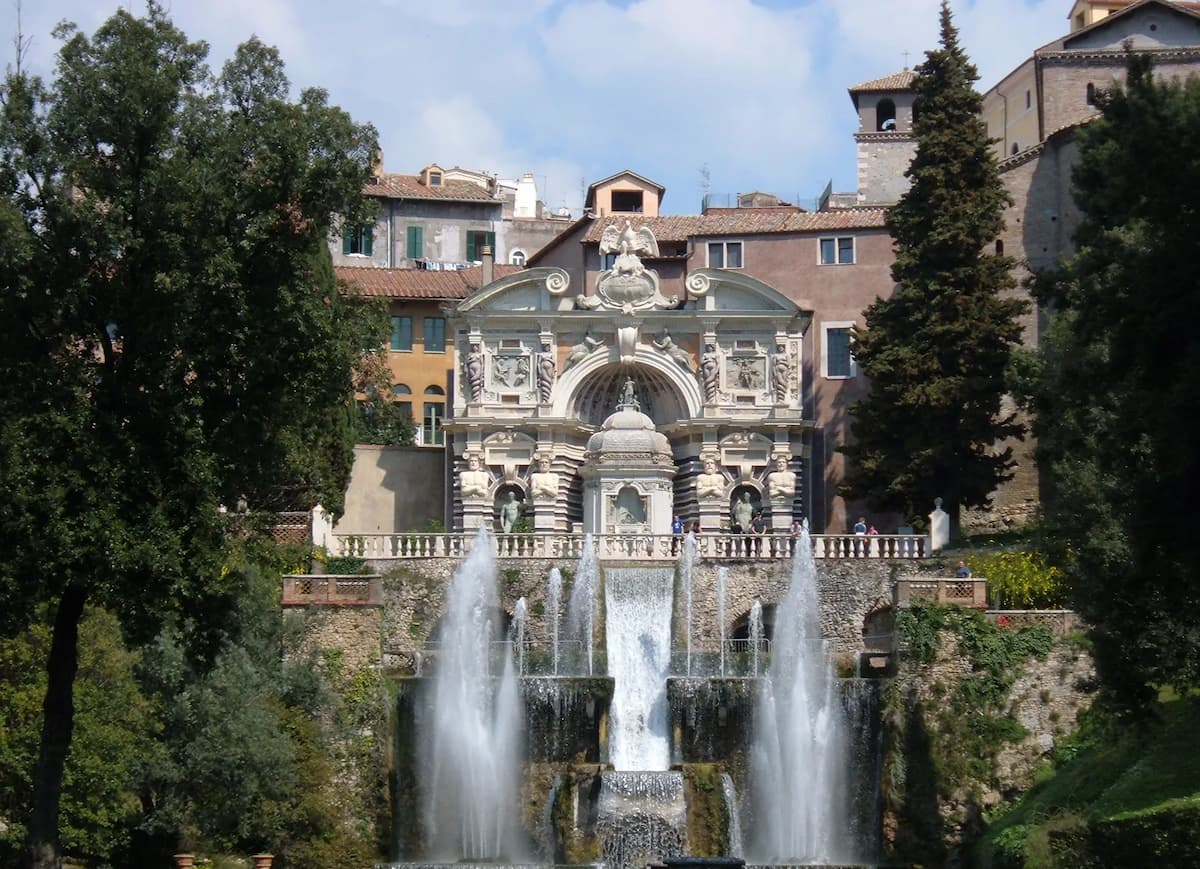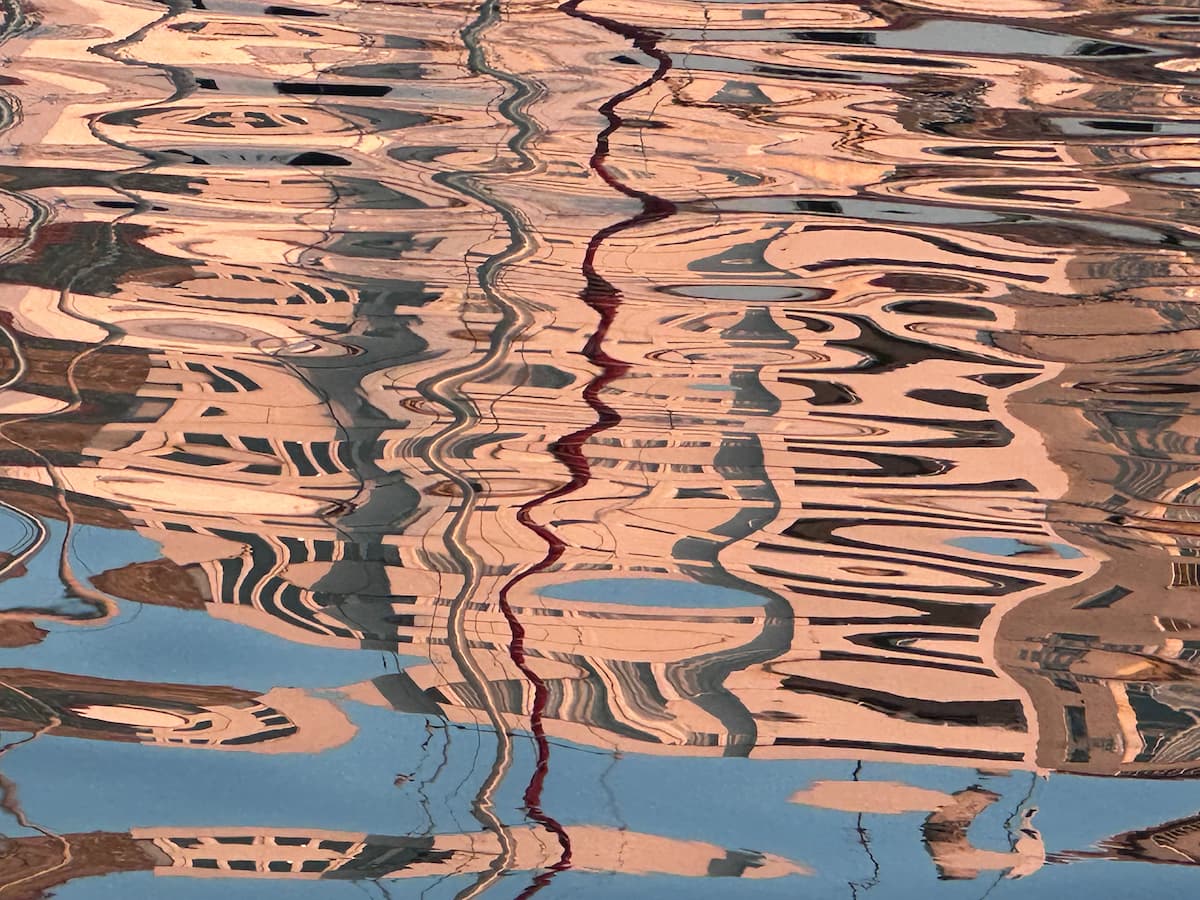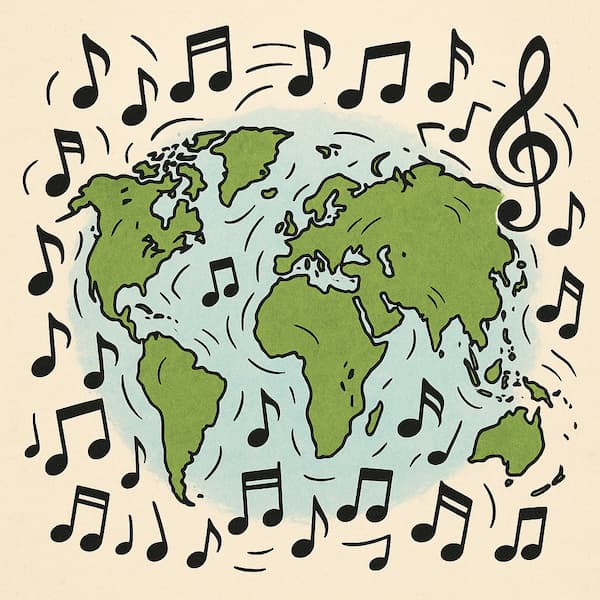‘Water games’ is one translation of Jeux d’eau by Maurice Ravel, others being Fountains and Playing Water.

Shipwreck
Each is equally apt: in this piece Ravel brilliantly evokes “the splashing of water and by the musical sounds of fountains, cascades and rivulets” (Ravel) through shimmering figurations, cascading arpeggios and other fluid textures. It’s a masterpiece of Impressionism and was the well-spring for other water-inspired piano music by Ravel, namely Une barque sur l’océan from Miroirs and Ondine from Gaspard de la Nuit.
Maurice Ravel: Jeux d’eau (Stewart Goodyear, piano)
Maurice Ravel: Gaspard de la nuit: I. Ondine (Martha Argerich, piano)

Fountain in Villa d’Este, Tivoli
But the forerunner of these pieces was undoubtedly Franz Liszt’s Les jeux d’eau à la Villa d’Este, which, like Jeux d’eau, evokes the sparkling play of fountains and the fluidity and brilliance of water. The Villa d’Este boasts an extraordinary system of fountains, with some fifty-one fountains and nymphaeums, 398 spouts, 364 water jets, 64 waterfalls, and 220 basins, fed by 875 metres of canals, channels and cascades, and all working entirely by the force of gravity, without pumps.
Franz Liszt: Annees de pelerinage, 3rd year, S163/R10: No. 4. Les jeux d’eau a la villa d’Este (Llŷr Williams, piano)

Reflections on water
Debussy was also a master of depicting water in music. Reflets dans l’eau (Reflections in the Water). Here Debussy imitates not just the sounds of water – droplets and burbles, splashes and raindrops – but also reflections, the pictures that float upon the surface.
Claude Debussy: Images, Book 1: No. 1. Reflets dans l’eau (Reflections in the water) (François-Joël Thiollier, piano)
The rolling movement and unpredictability of the sea also provides ample inspiration. The Lone Wreck, from The Tides by English composer William Baines, is a dramatic tone poem which paints a haunting picture of an abandoned ship deep in the ocean, complete with the calls of sea birds.
William Baines: Tides – No. 1 The Lone Wreck (Duncan Honeybourne, piano)

Night gondola in Venice, Italy
The Barcarolle, or “boat song”, inspired by the songs of Venetian gondoliers, seeks to portray the rocking motion of the sea and the rise and fall of waves. Chopin’s Barcarolle is perhaps the most famous work in this genre. Mendelssohn’s Venetian Gondolier’s Song in f-sharp minor from his Songs Without Words is dark and atmospheric, suggesting nighttime on the Venetian lagoon.
Felix Mendelssohn: No. 12 in F-Sharp Minor, Op. 30, No. 6, MWV U110, “Venezianisches Gondellied” (Igor Levit, piano)
Liszt was also adept at portraying the motion of the ocean. In his Legende No. 2, St. Francis of Paola walking on the waves, the waters roll and bubble beneath the saint’s feet as he crosses the Straits of Messina.
Franz Liszt: 2 Légendes, S175/R17 – No. 2. St. François de Paule marchant sur les flots (Joseph Moog, piano)
Meanwhile, Benjamin Britten transports us to more serene waters in Sailing from his Holiday Diary suite. The wind gets up in the middle section, tossing the boat about, before calm is restored.
For more of the best in classical music, sign up for our E-Newsletter
Benjamin Britten: Holiday Diary, Op. 5 – II. Sailing (Stephen Hough, piano)


